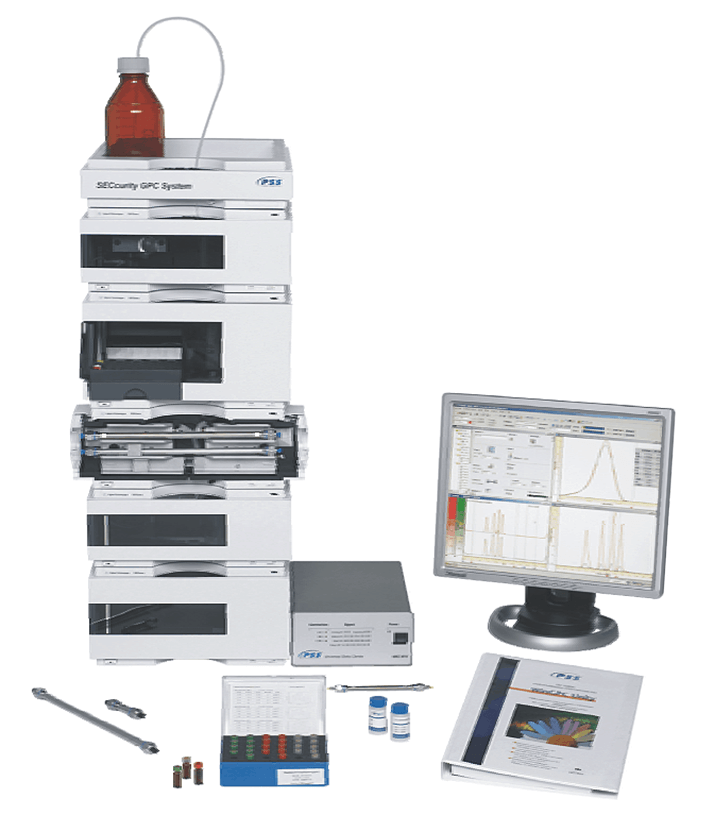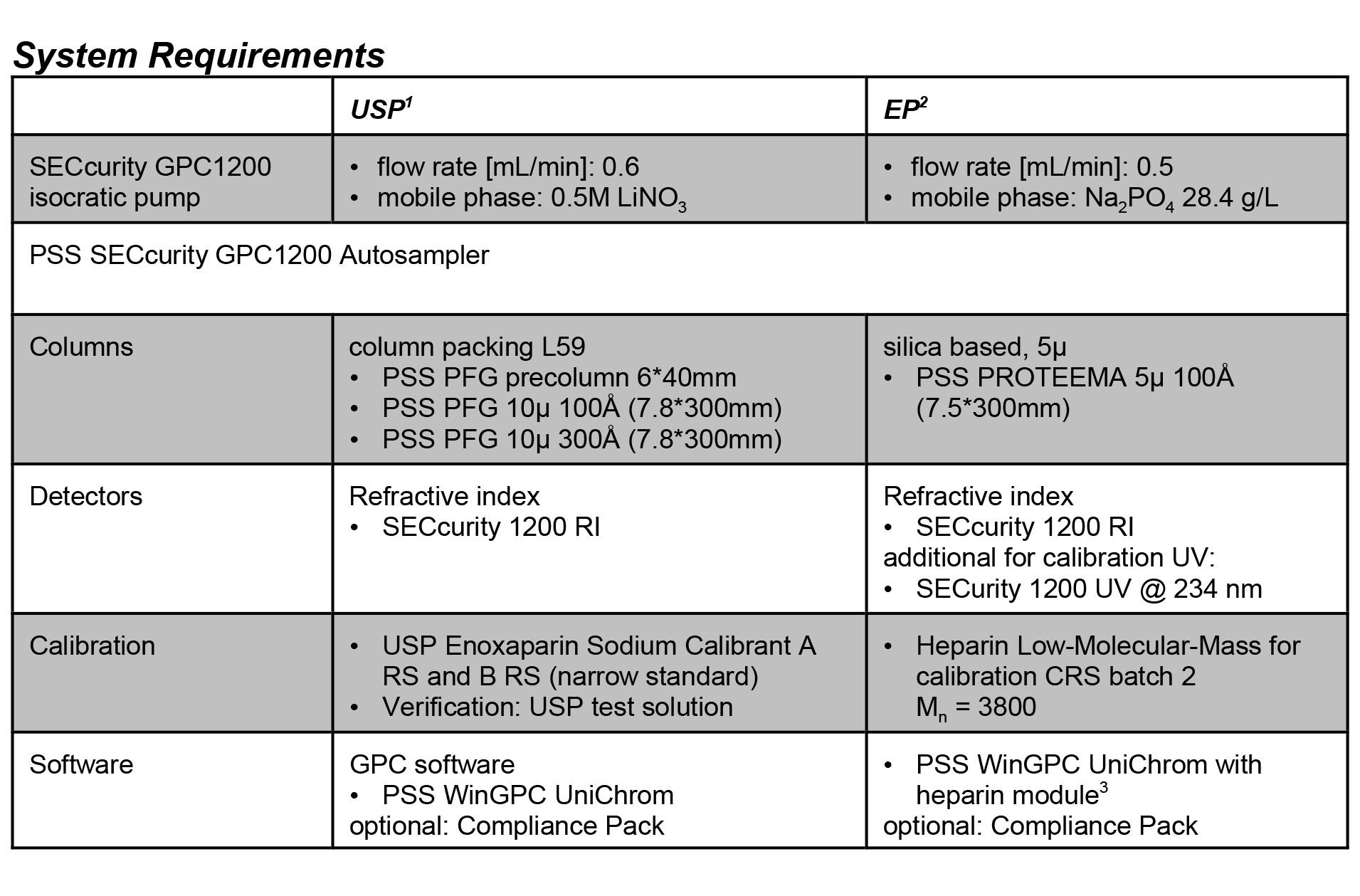Introduction
Natural heparin is a polysaccharide and consists of molecular chains of varying lengths. Low molecular weight heparin (LMWH) consists of short chains and is used as anticoagulant in diseases that feature thrombosis and for prophylaxis against it. Because LMWH has more predictable anticoagulant effect and pharmacokinetics as well as less side-effects, it is recommended over unfractionated heparin. Various methods of heparin depolymerization are used to manufacture LMWH.








